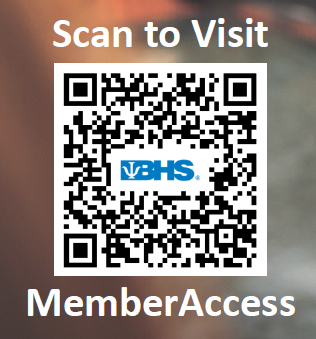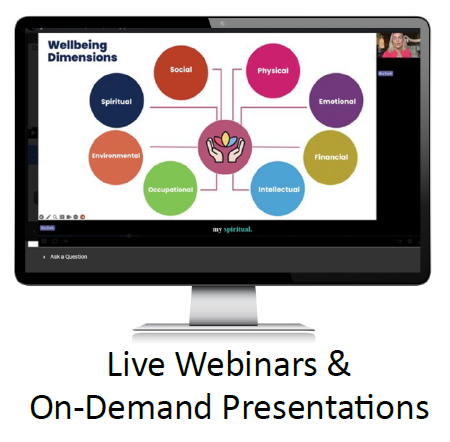🩺 November is American Diabetes Awareness Month!!!
Did you know? More than 38 million Americans live with diabetes, and another 98 million have prediabetes—many without even knowing it (CDC, 2024). This November, we’re focusing on awareness, prevention, and the small daily choices that help protect our health.
💡 Understanding Diabetes
Diabetes occurs when the body can’t properly produce or use insulin, causing high blood sugar levels.
- Type 1 Diabetes – An autoimmune condition that stops the body from making insulin.
- Type 2 Diabetes – The most common form, often linked to lifestyle and family history.
- Gestational Diabetes – Occurs during pregnancy and increases later risk for Type 2 diabetes.
Even prediabetes—slightly elevated blood sugar—can be reversed through early action.
🧘 Small Changes Make a Big Impact
The American Diabetes Association recommends a few achievable habits:

- Eat more fruits, vegetables, and whole grains.
- Move your body at least 150 minutes per week.
- Reduce stress and prioritize rest.
- Schedule regular checkups and lab screenings.
Even losing 5-7 % of body weight can significantly lower the risk of developing Type 2 diabetes.
Pro Tip!
Swap one sugary drink for water each day—over a year, that small step could prevent several pounds of weight gain and lower your blood sugar levels.
💼 Your Benefits in Action
Managing or preventing diabetes starts with awareness—and the right support. As part of our health benefits, employees who have been diagnosed with diabetes have access to Teladoc’s Chronic Condition Management program, offering personalized guidance from certified professionals in nutrition, fitness, and blood-sugar management.
Through this program, participants can:
- Connect virtually with licensed physicians, diabetes educators, and dietitians.
- Receive ongoing coaching, education, and progress tracking.
- Access 24/7 support from the convenience of home.

This valuable resource helps employees better manage their condition, stay on track with treatment plans, and make informed choices about their overall health.
🩵 Convenient care from anywhere—Teladoc brings healthcare to you.
Even if you don’t have a diagnosis, prevention is the best medicine. All employees are encouraged to schedule their free annual preventive screening with their primary care provider. This simple checkup can detect early warning signs and help you take proactive steps toward long-term health.
Pro Tip!
🩵 Small steps—like completing your annual screening—can make a lasting difference in your well-being.
❤️ Together Toward Wellness
Diabetes Awareness Month isn’t just about statistics; it’s about empowerment. Every choice—every healthy meal, walk, or doctor visit—moves us closer to lasting well-being. Let’s use this month as a reminder to care for ourselves and support one another on the journey toward better health.

References
- American Diabetes Association. (2024). Diabetes basics. https://www.diabetes.org/diabetes
- Centers for Disease Control and Prevention. (2024). National diabetes statistics report, 2024. U.S. Department of Health and Human Services. https://www.cdc.gov/diabetes/data/statistics-report/index.html
- National Institutes of Health. (2023). Preventing type 2 diabetes: Steps you can take.
- National Institute of Diabetes and Digestive and Kidney Diseases. https://www.niddk.nih.gov/health-information/diabetes/overview/preventing-type-2-diabetes





